A Week in the Bush Vol. 541
on Mar 26, 2025An afternoon sundowner break took an unexpected yet delightful turn when a Woodland Kingfisher repeatedly darted in and out of its nest. Clearly returning home after a successful day of hunting, the kingfisher was accompanied by its partner, who perched nearby, soaking up the last rays of sunlight before nightfall. Woodland Kingfishers are known to establish their nests in natural tree cavities, providing a safe and secure environment for their young.
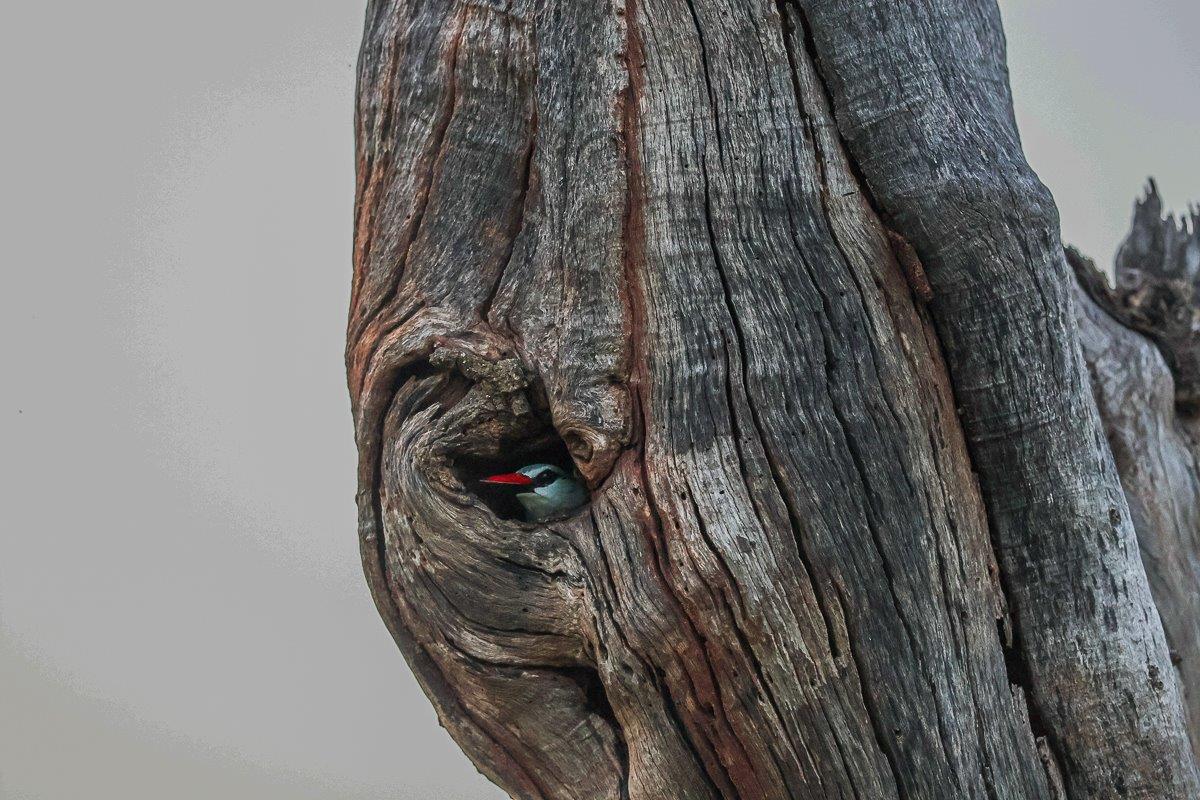


The European Roller is a stunning Afro-Palearctic migrant species. Each year, they embark on an astonishing journey in excess of 10,000km. Around March, these exquisite birds will leave Southern Africa only to return during November. Their incredible journey takes them back to their breeding grounds in Southern Europe, North Africa and Western Asia.
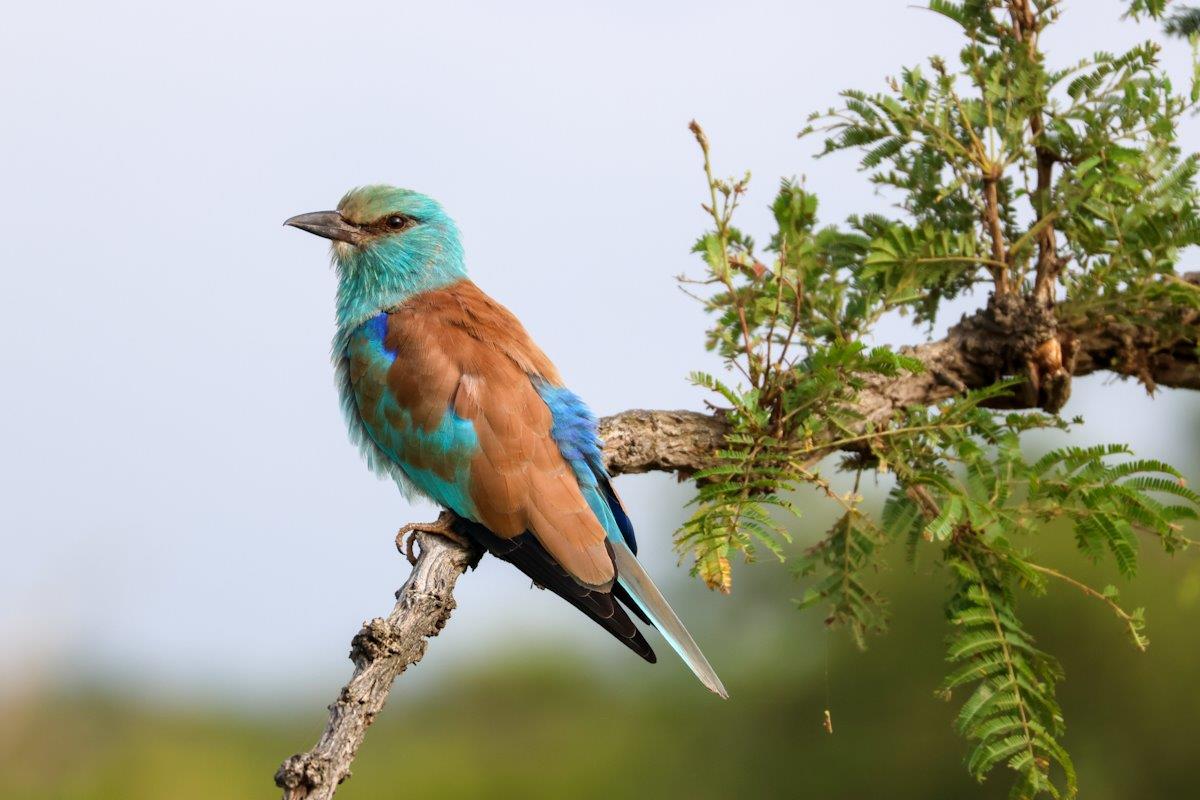
The Flehmen response is observed in a wide range of land-dwelling mammals, from the tiny field mouse to the largest, including elephants, rhinos, and buffalo. More than just a visual display, the Flehmen response serves as a functional form of communication. It plays a crucial role in the olfactory system, involving the vomeronasal organ (or Jacobson’s organ), which deciphers chemical messages. These specialised organs, connected to both the nose and mouth, detect moisture-borne chemical signals from scents and tastes. This response is often identified by the distinctive facial expression known as the Flehmen "grimace," which occurs when an individual processes a detected scent.
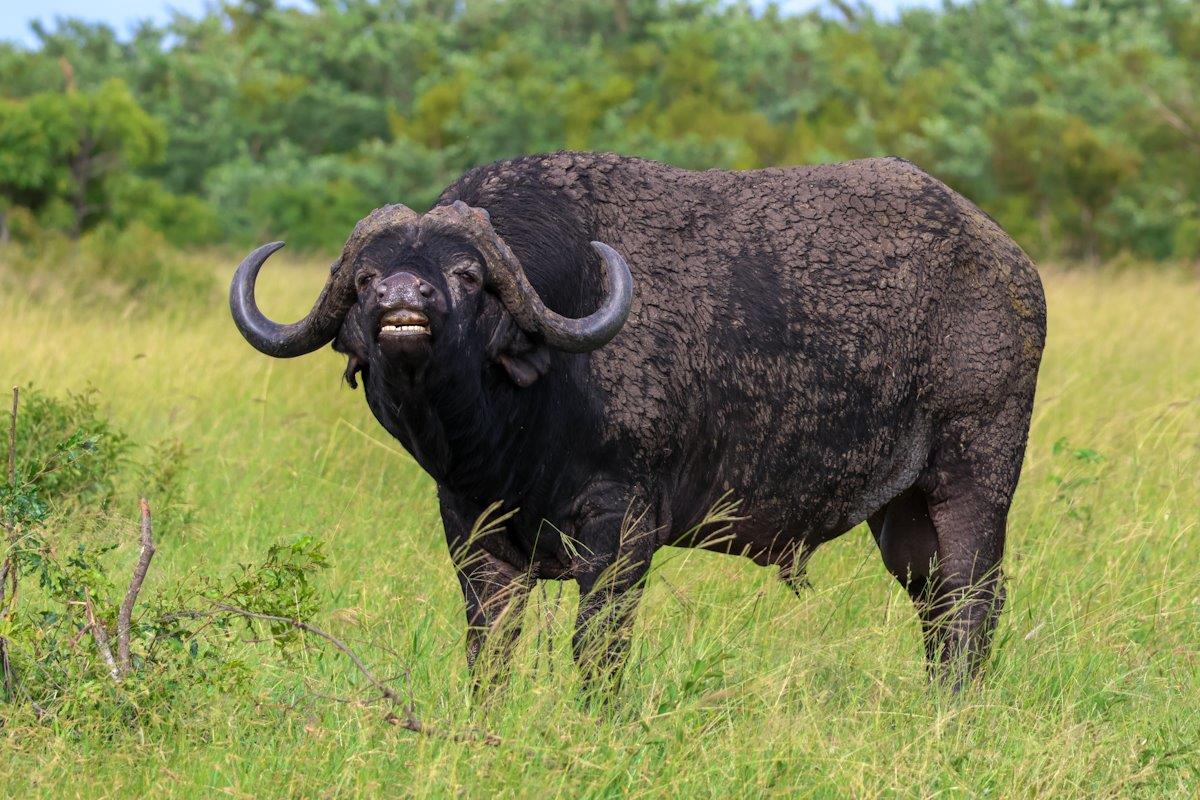
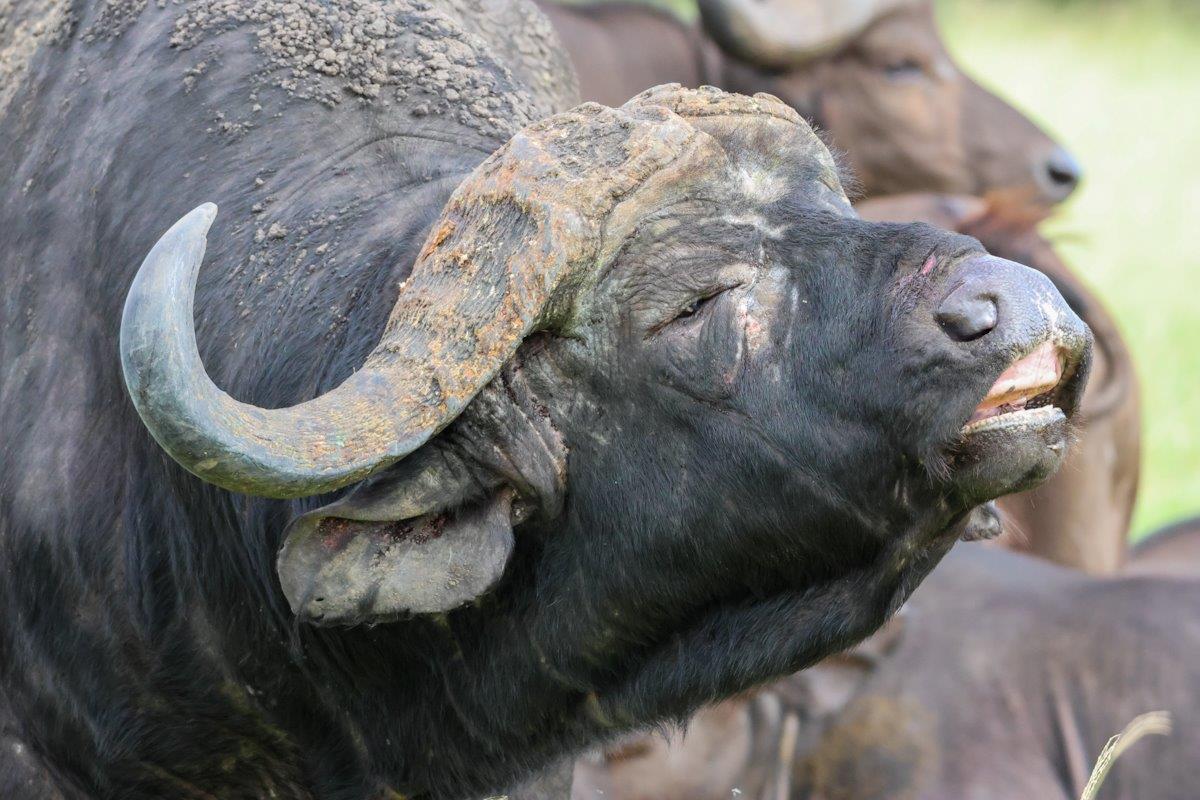
We spotted the Msuthlu Pride and Gijima males sprawled out in an open clearing, resting after what was clearly a satisfying meal. Their well-fed bodies were in excellent condition, and they were still panting from their full bellies. These lions will likely remain here throughout the day, shifting only to stay in the shade before becoming active after nightfall.
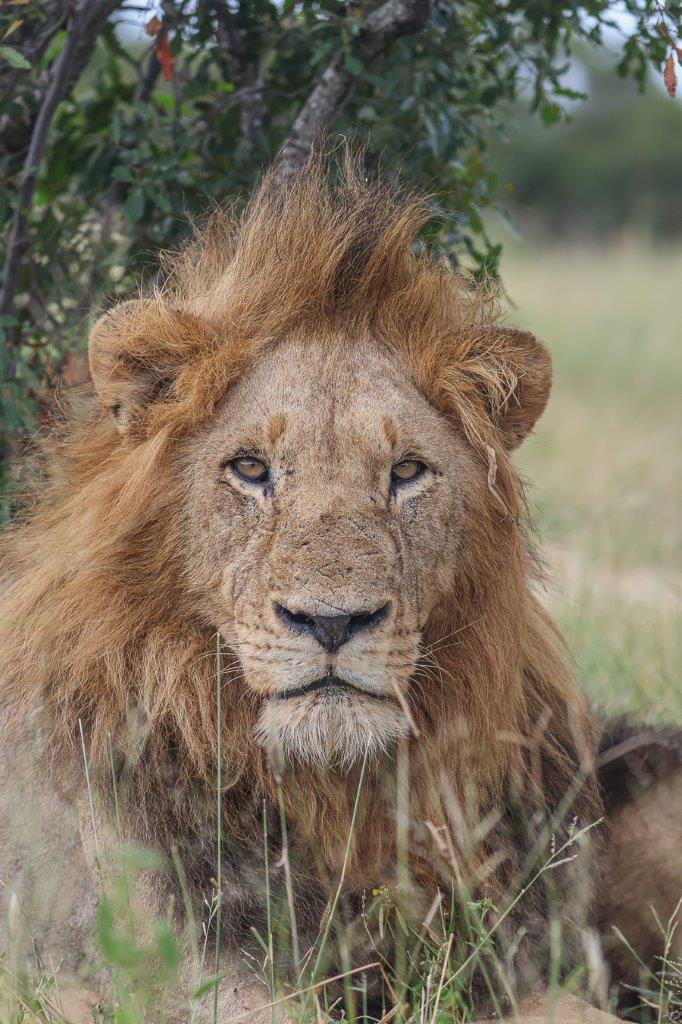


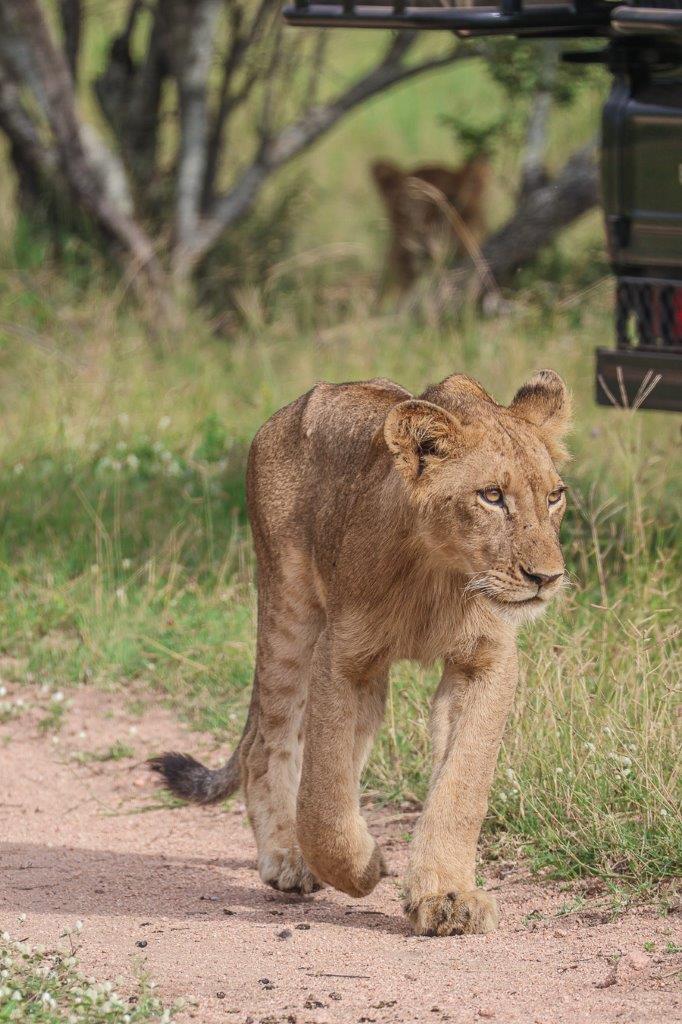


The four young Kambula breakaway males continue to benefit from their recent discovery - a young elephant that likely succumbed to injuries from a fight. Although they have already eaten their fill, they are expected to linger in the area for a few more days, feeding intermittently while digesting their meal. Meanwhile, vultures have begun to gather, drawing in additional scavengers and opportunistic predators. As activity around the carcass intensifies, the mounting pressure may ultimately compel the males to relinquish their claim and move on.
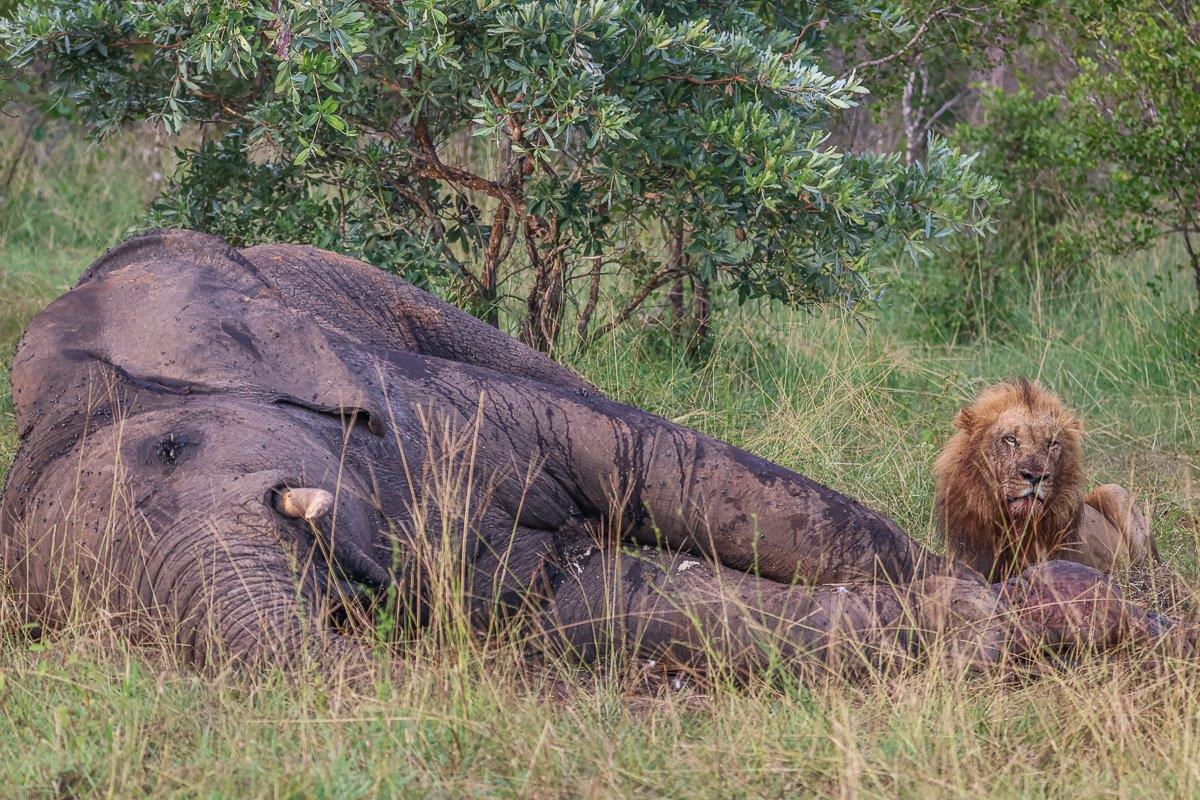
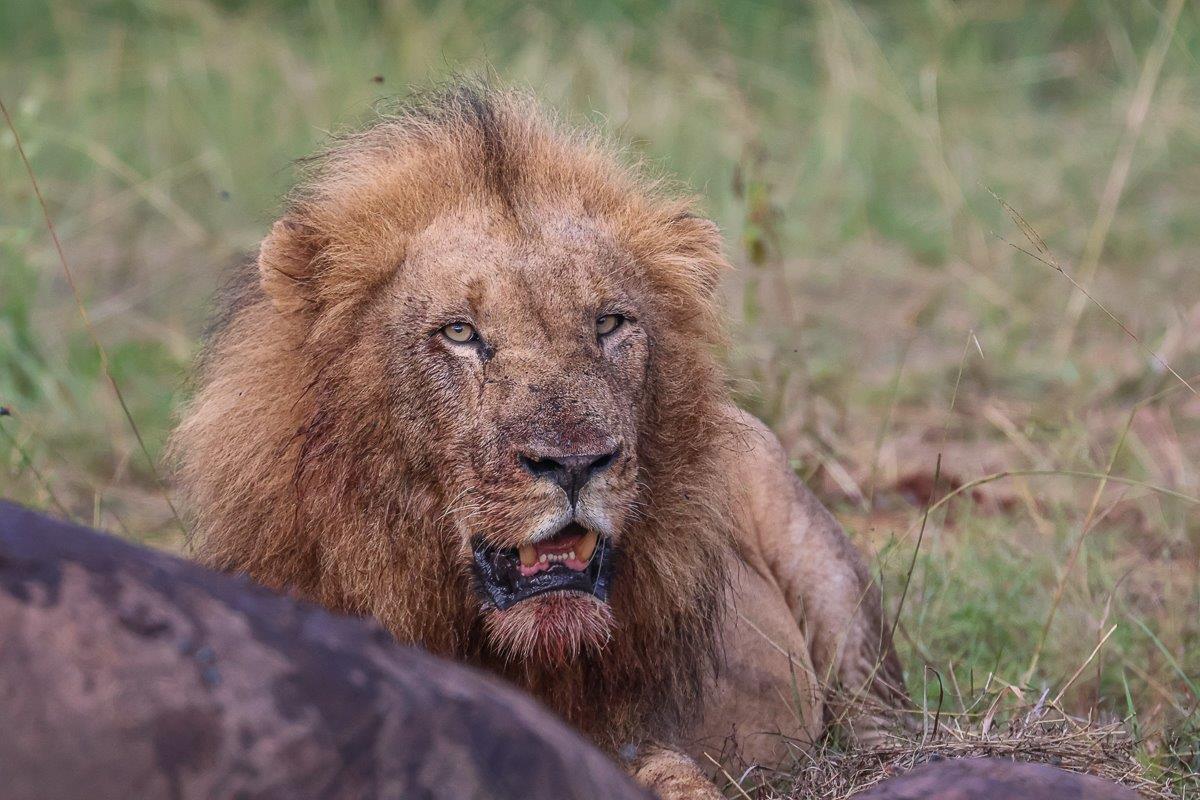



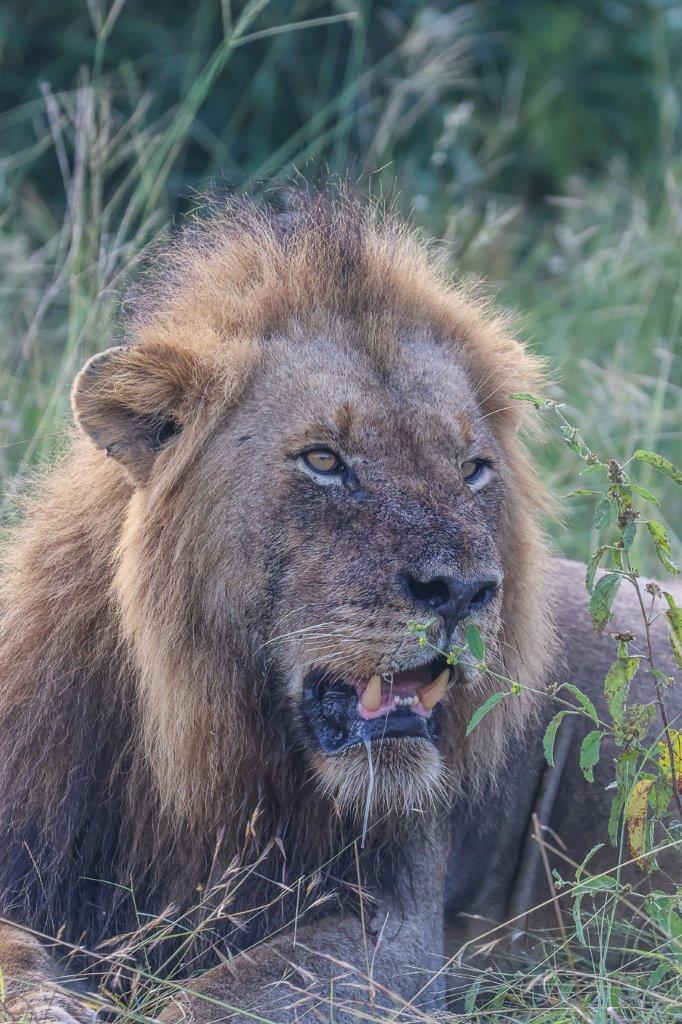
Shortly after leaving Bush Lodge, we came across two wild dogs resting near the entrance. As we watched them, their focus suddenly shifted to a nearby thicket. Within moments, they sprang into action, successfully taking down an impala. Aware of the ever-present threat from other predators and scavengers, they wasted no time gorging themselves. However, just minutes later, a hyena arrived and quickly stole their kill. Knowing they were no match for the intruder, the two wild dogs abandoned the carcass.
This pair consisted of a male and a visibly pregnant female, which could be exciting news for us. If she is indeed preparing to give birth, they may soon begin searching for a suitable den site. Only time will tell.
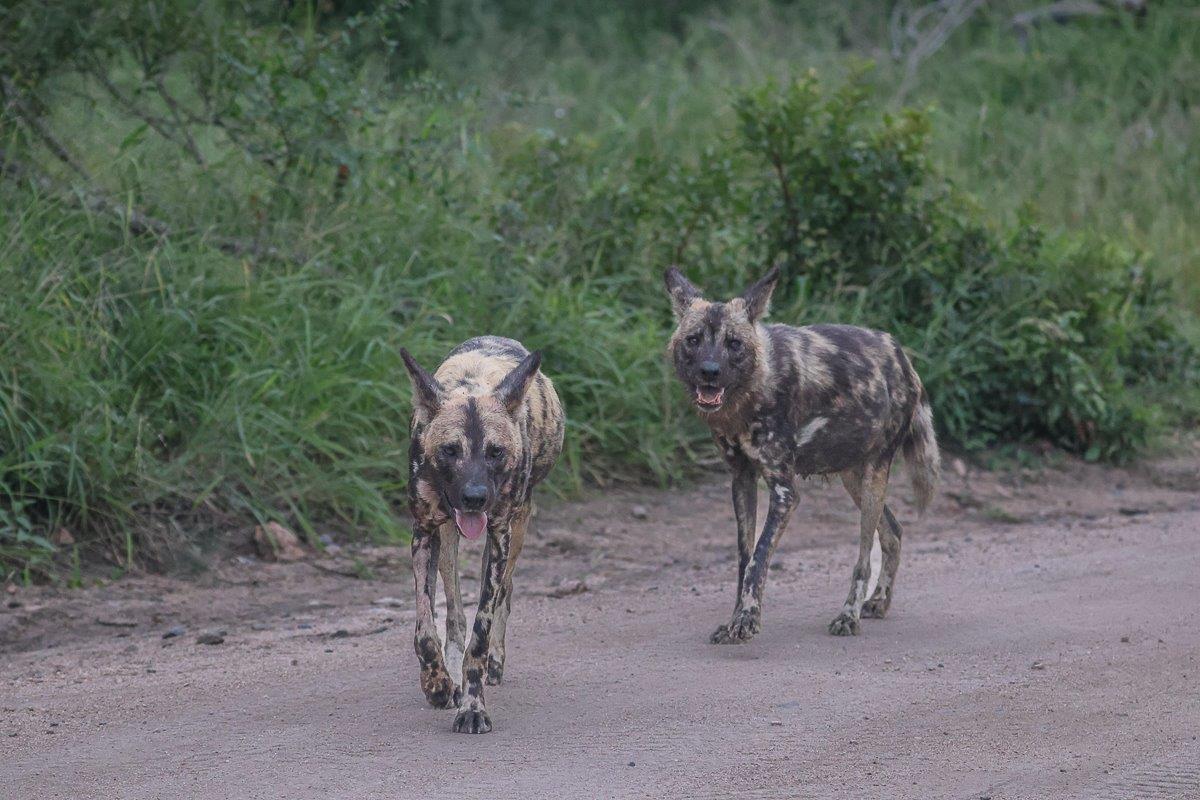
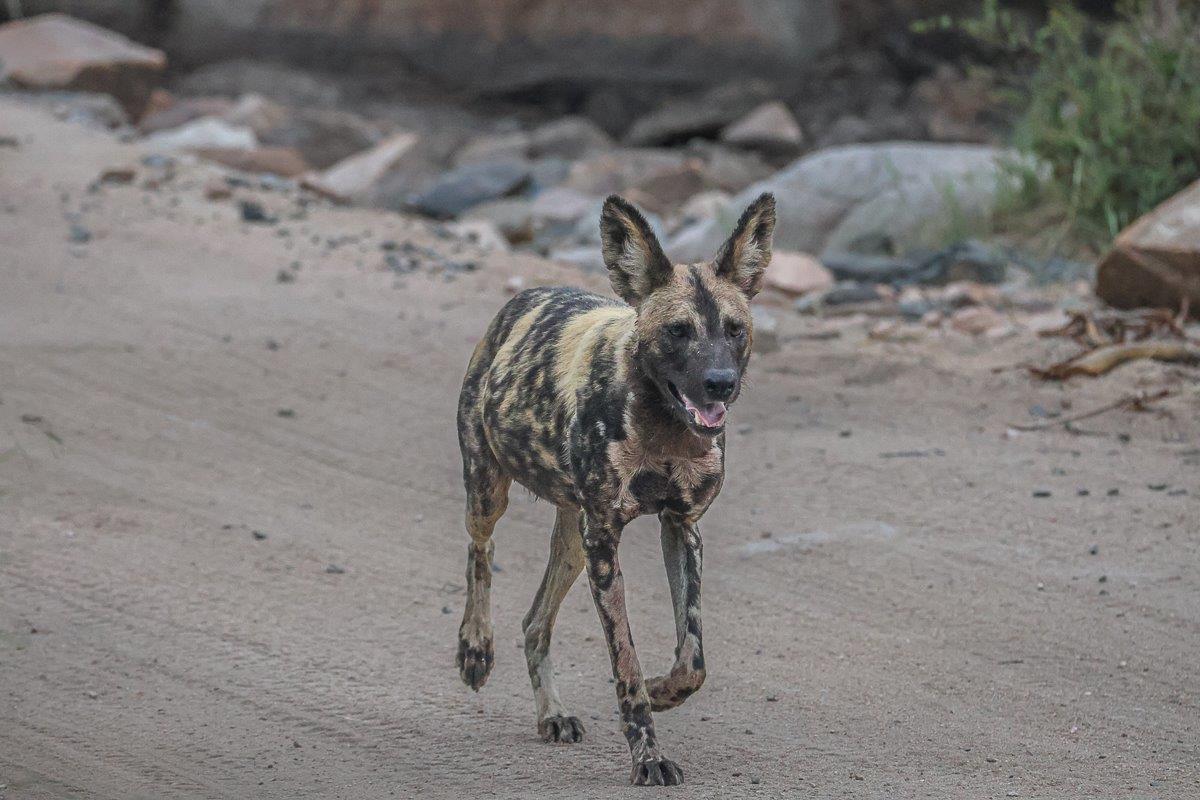

A cool, overcast morning set the stage as Tengile and her cub, Masungulo, moved steadily north through dense bush and tall grass. They weaved through the landscape with purpose, pausing briefly to drink from a pool left by recent rains. Tengile scent-marked along the way, reinforcing her territory, while Masungulo mimicked her every move - a young leopard in training. Eventually, their paths diverged, with Masungulo draping himself over the branches of a tree while Tengile, not far off, found her own elevated resting spot. Though apart, their bond remained evident, a quiet moment of learning and growing in the wild.
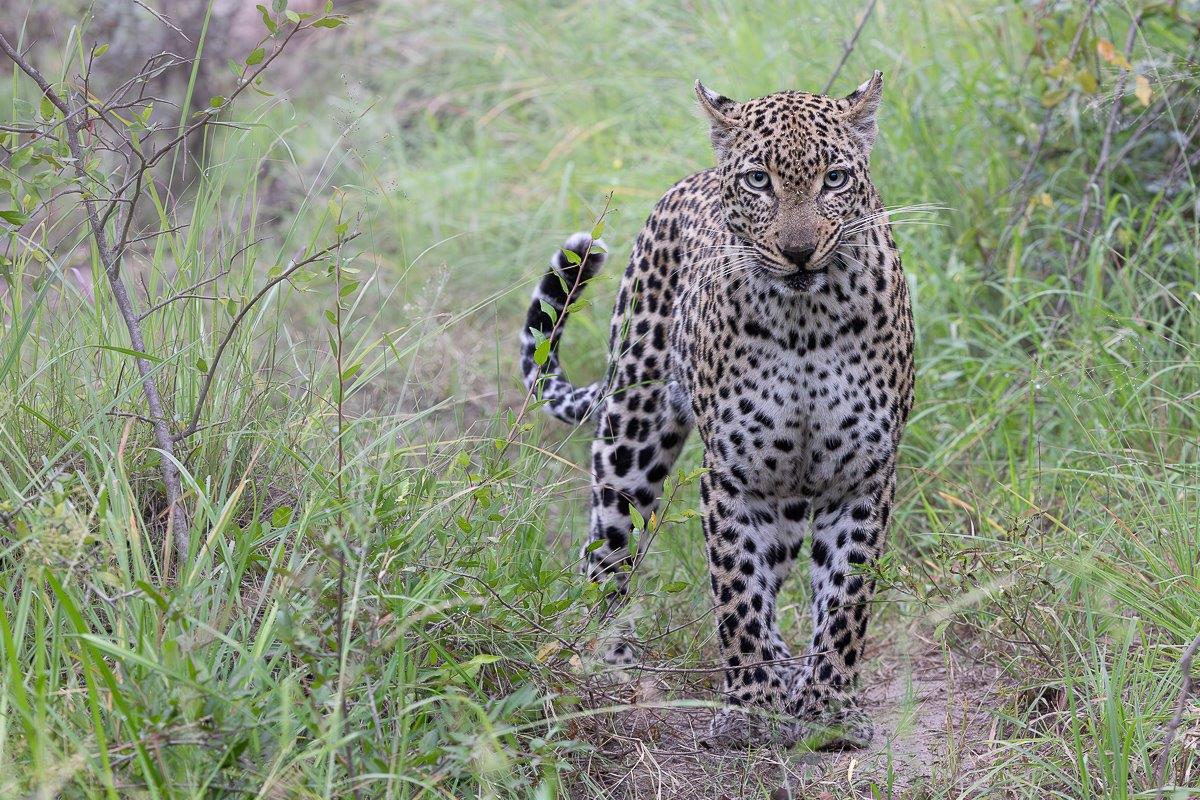


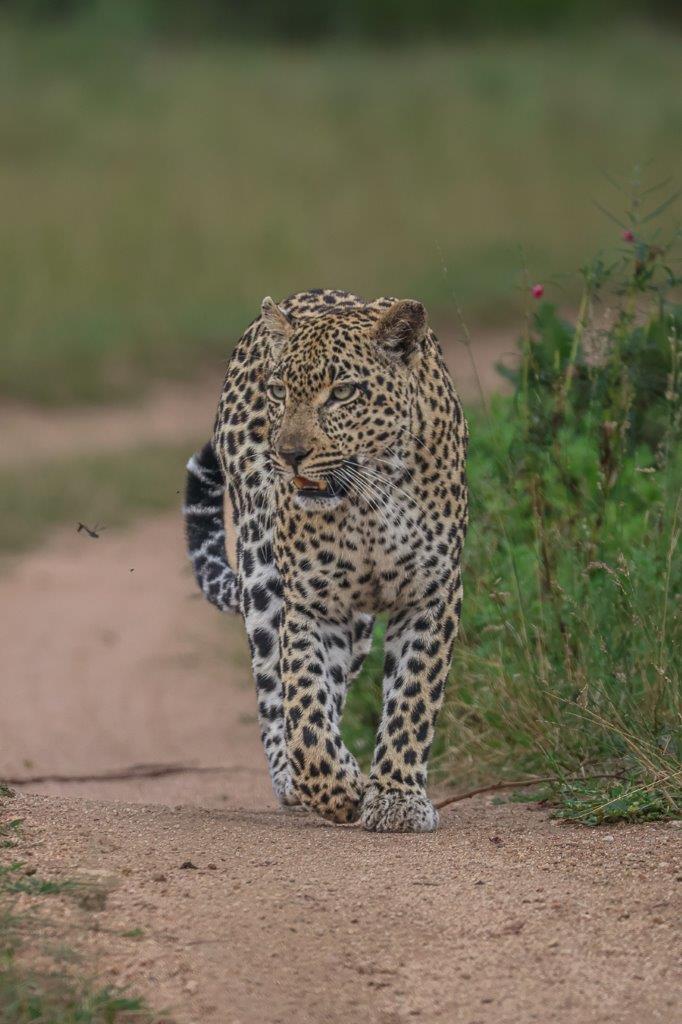
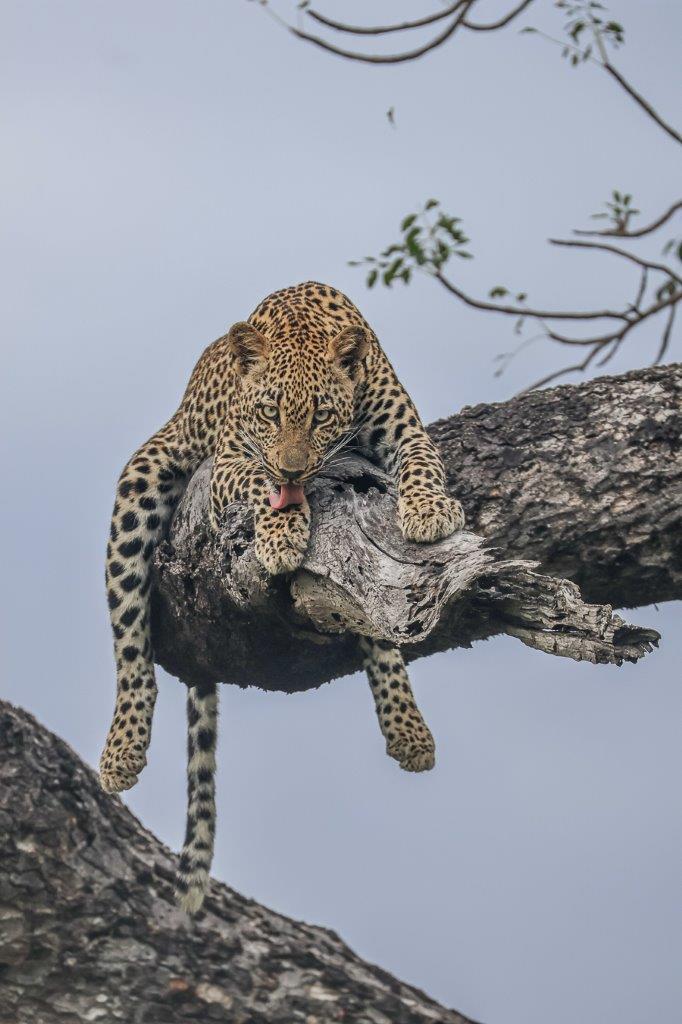
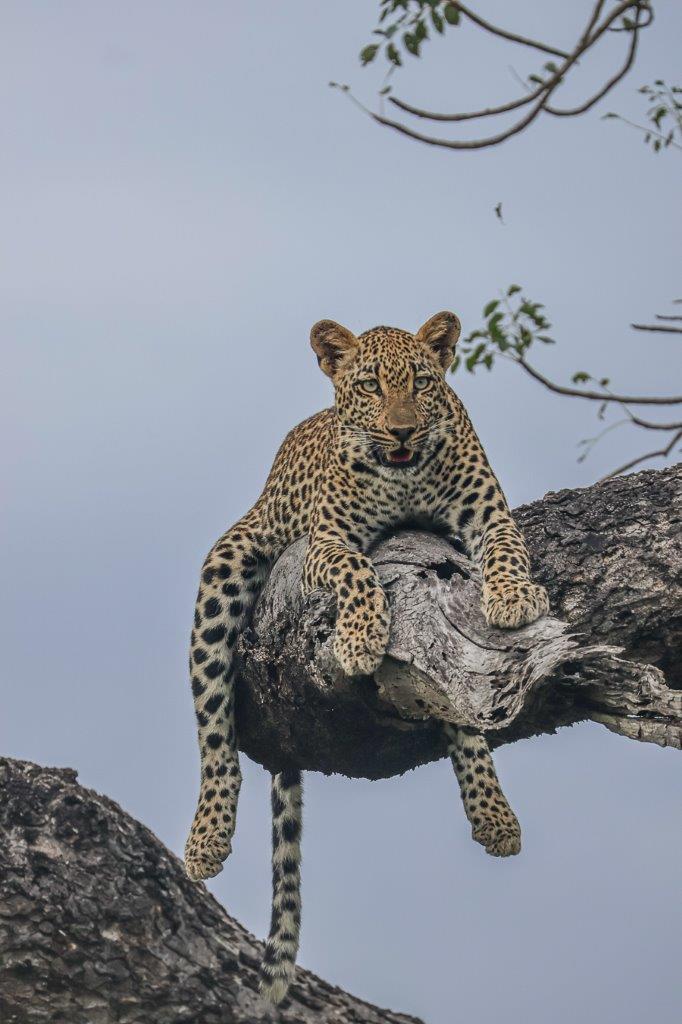
We were fortunate to spot Golonyi and her cub walking down the road, offering us multiple opportunities to capture their beauty in photographs. They moved effortlessly, pausing occasionally to scan their surroundings with keen awareness. Later, Golonyi led her cub into a large drainage line, disappearing into the thickets, where they would spend the day resting safely away from potential threats. The cub is already adopting Golonyi’s calm and composed nature, and it is crucial for us to continuously monitor its behaviour to ensure it remains comfortable and at ease in our presence.
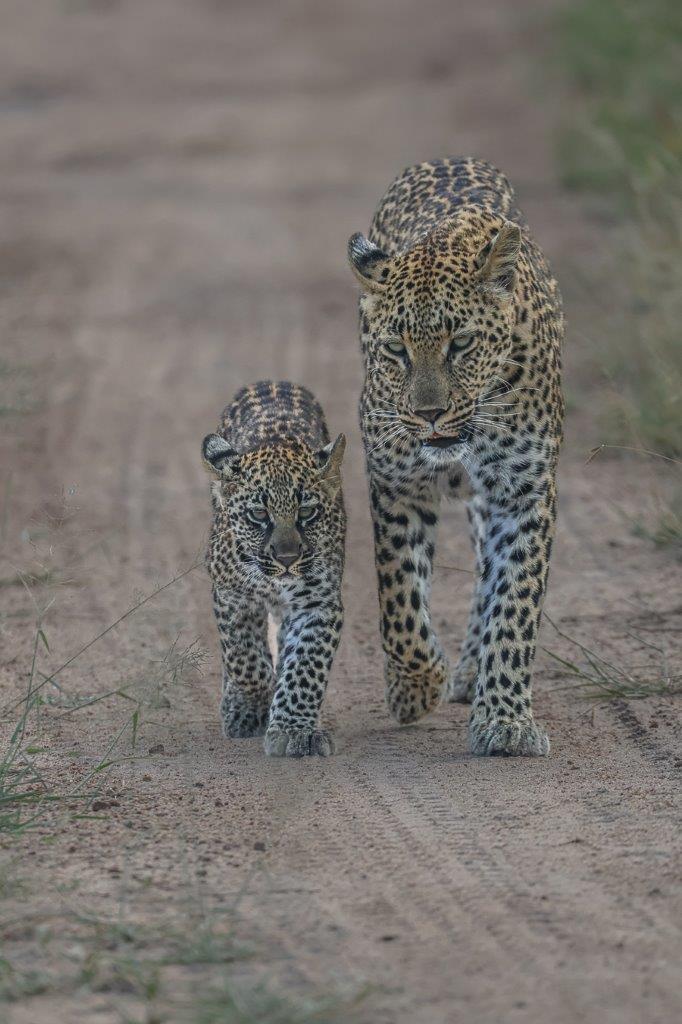
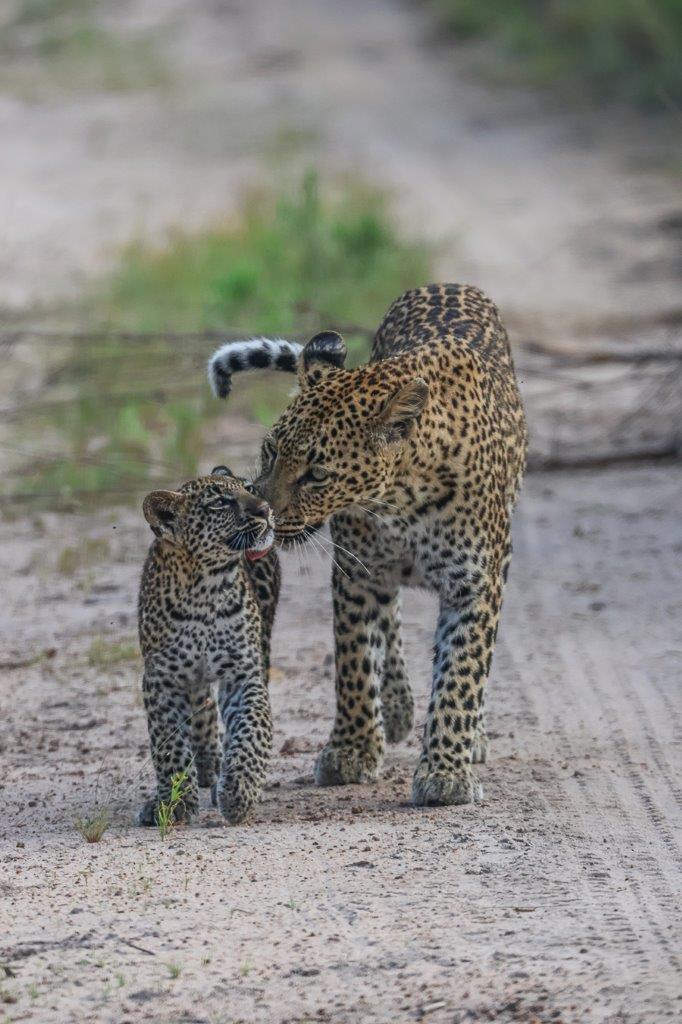
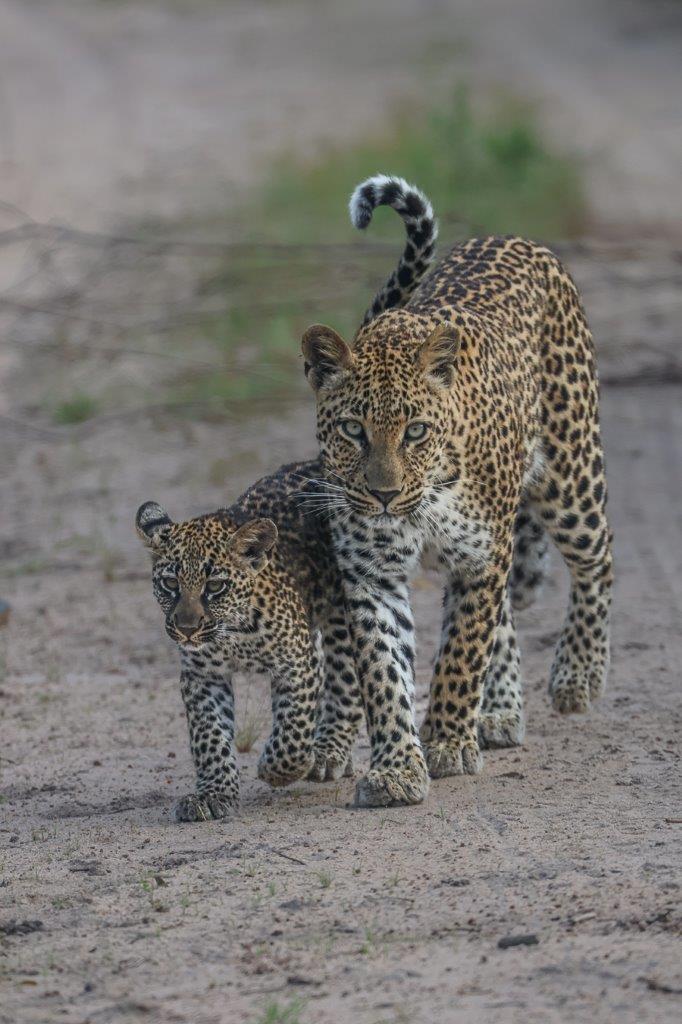
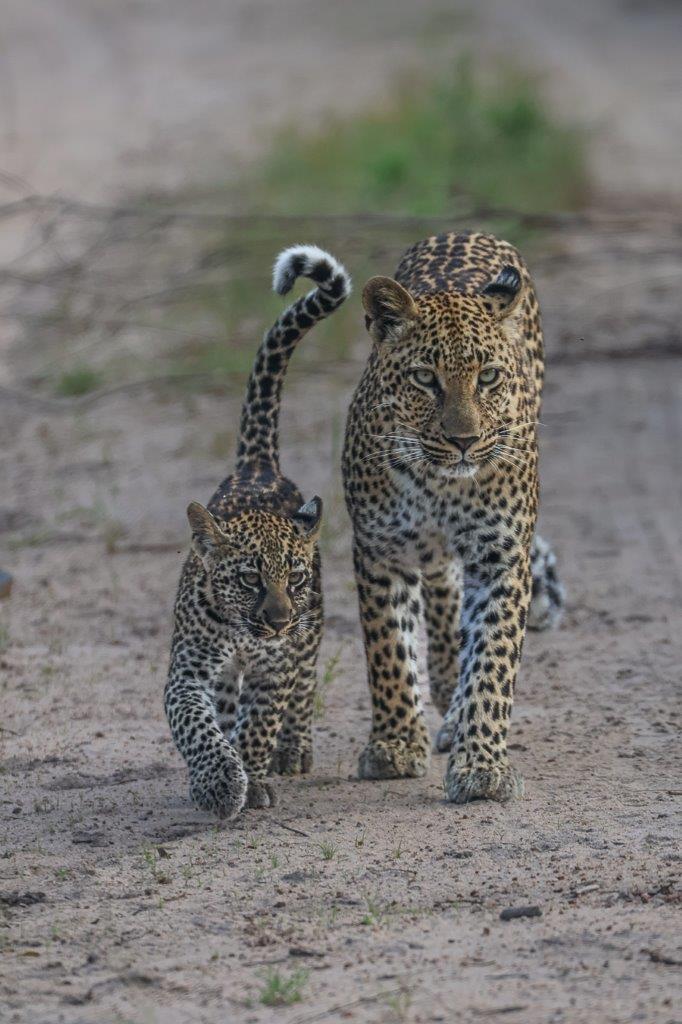
While out on a morning safari, we paused to take in the sights and sounds of a Woodland Kingfisher. Suddenly, the distinct calls of a leopard echoed nearby, prompting us to head in that direction. As we rounded a bend, we were met with a breathtaking sight - the stunning Golonyi female strolling straight toward us.
Eager to see where she was headed, we followed as she moved gracefully along the road, hoping she was on her way to reunite with her male cub. Soon, she veered off the path, calling softly. Just then, movement in a nearby tree caught our attention. We watched in awe as mother and cub reunited in a touching display of affection - a truly unforgettable moment.

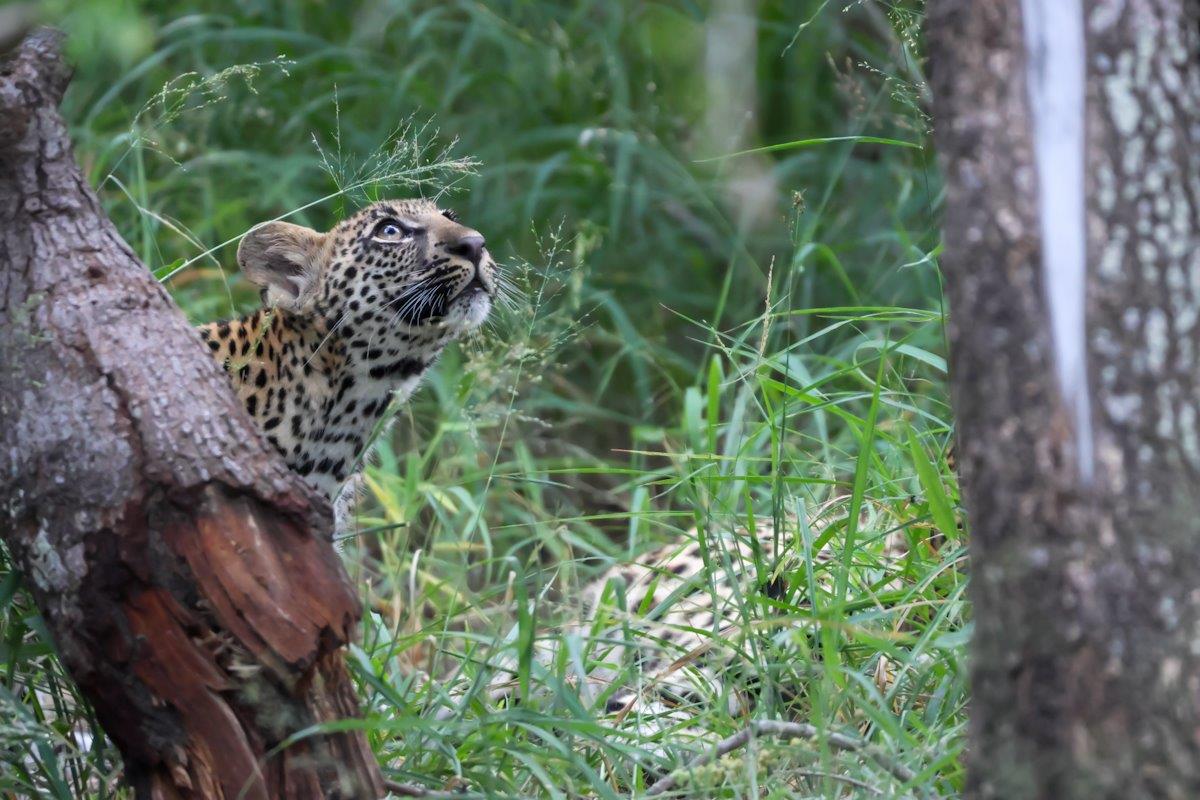
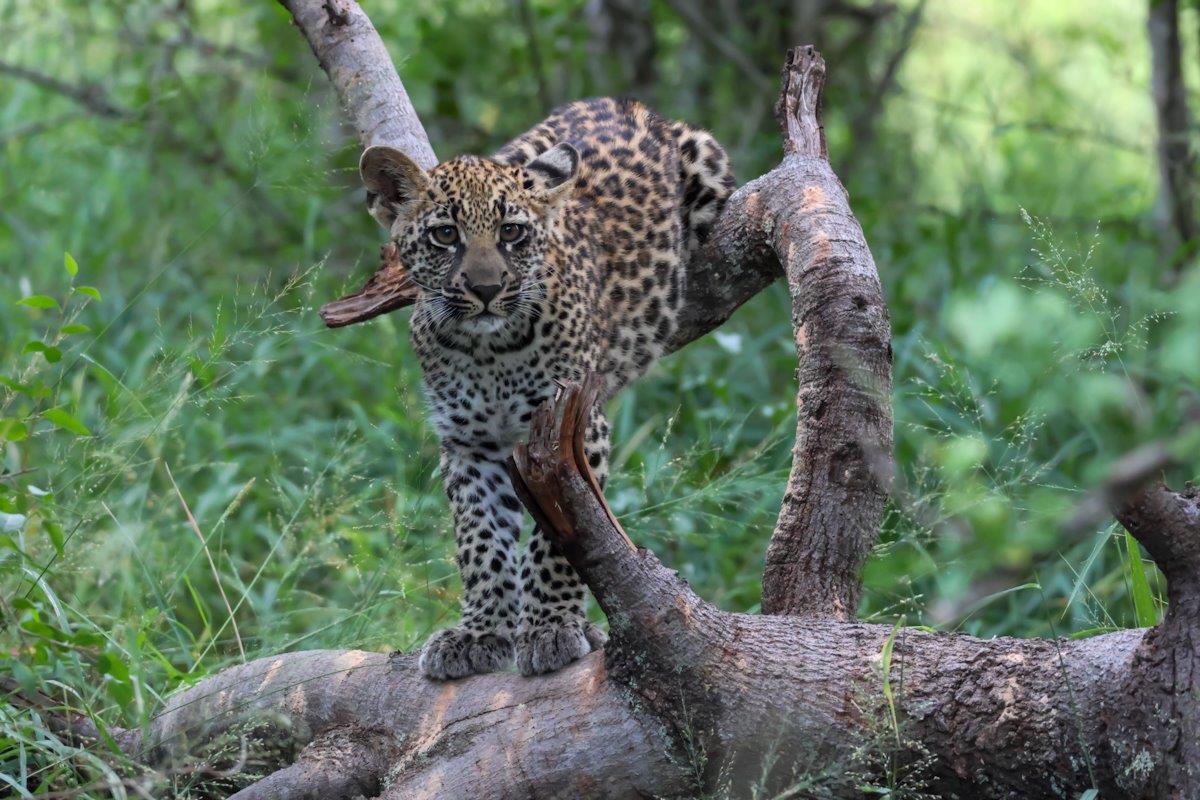
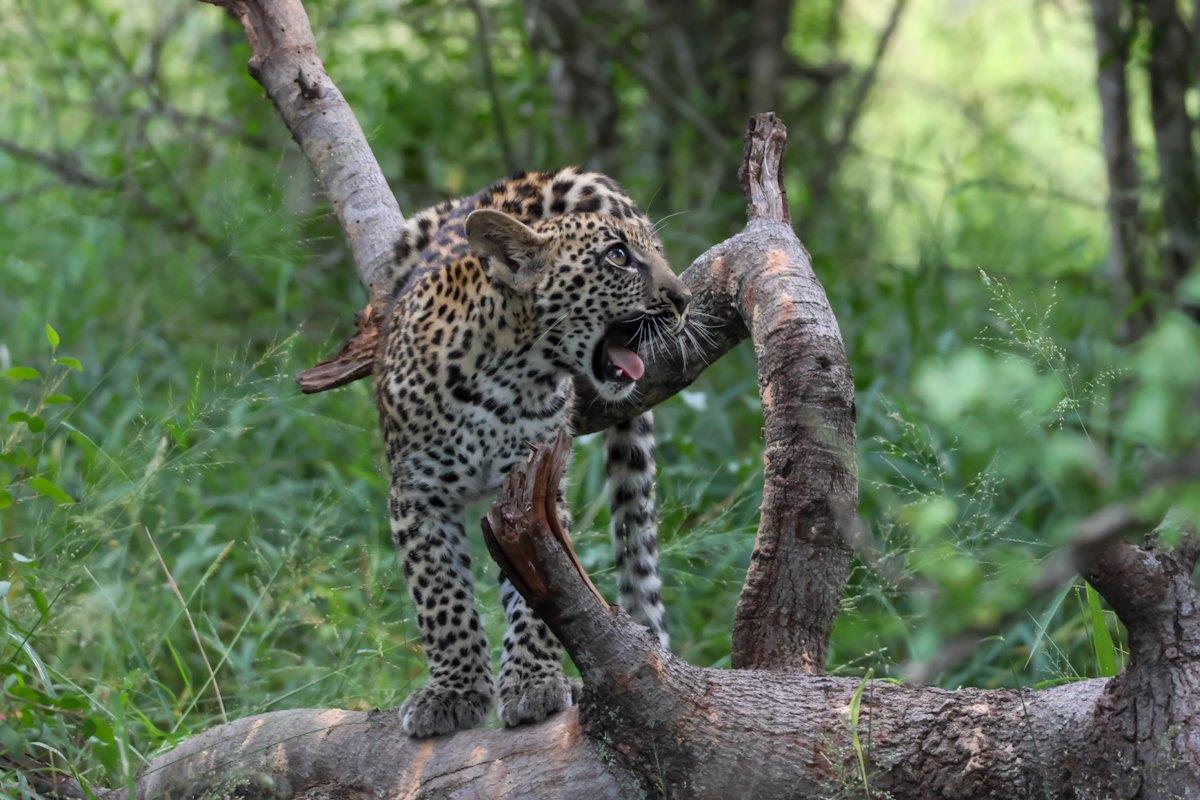
We successfully located the Makatini female cheetah along with her three sub-adults. In the late afternoon, the four were particularly playful, chasing each other around while the youngsters attempted to climb nearby trees. Although cheetahs lack retractable claws, making them poor climbers, that didn’t stop the young ones from trying.
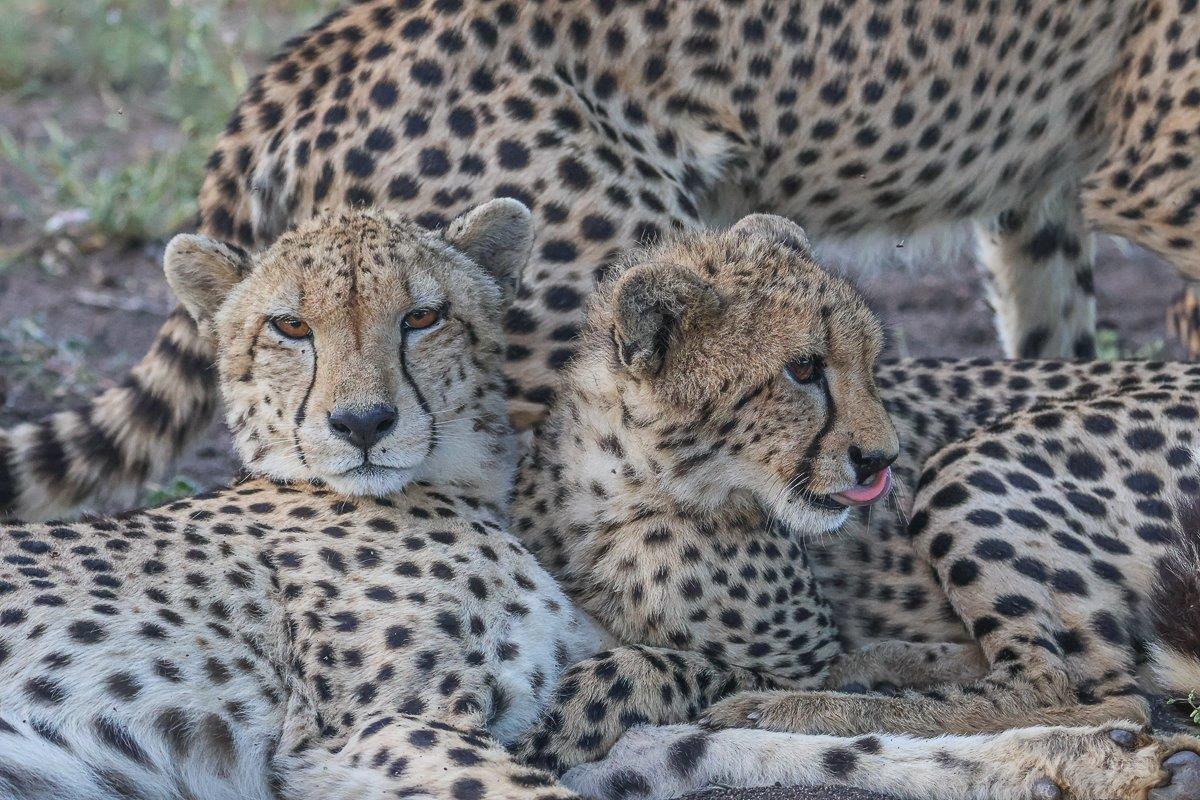


Until next time…
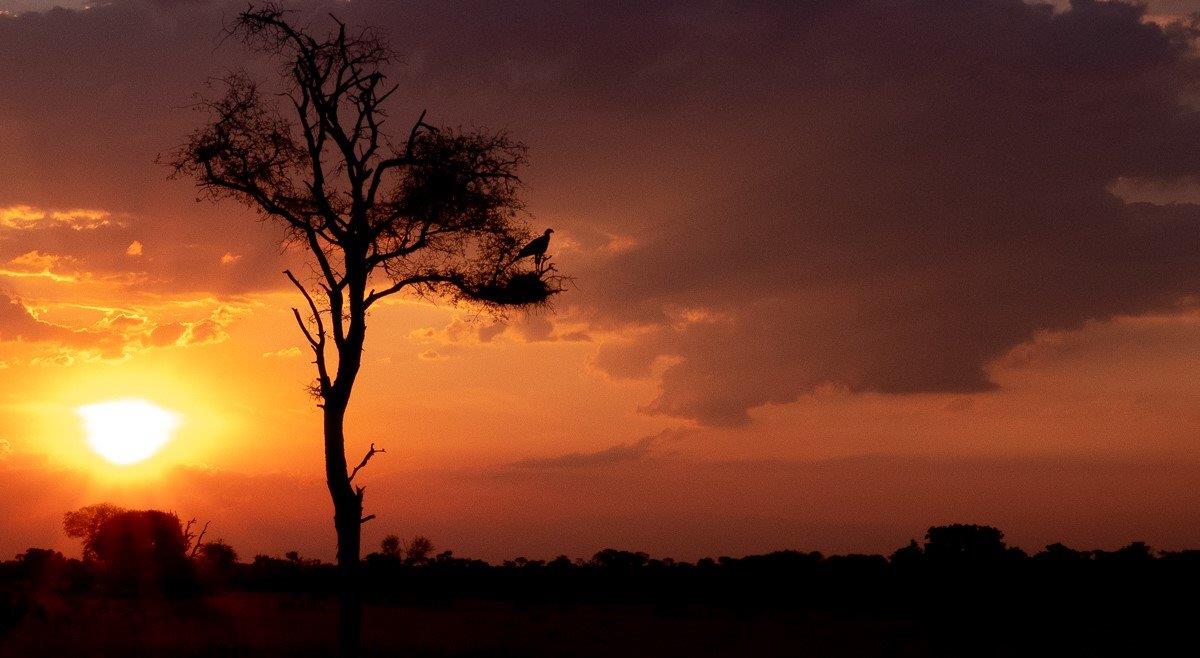
Blog by Wendy Claase
Images by Jan Nel, JP van Rooyen, Rod Wyndham and Ruan Mey







